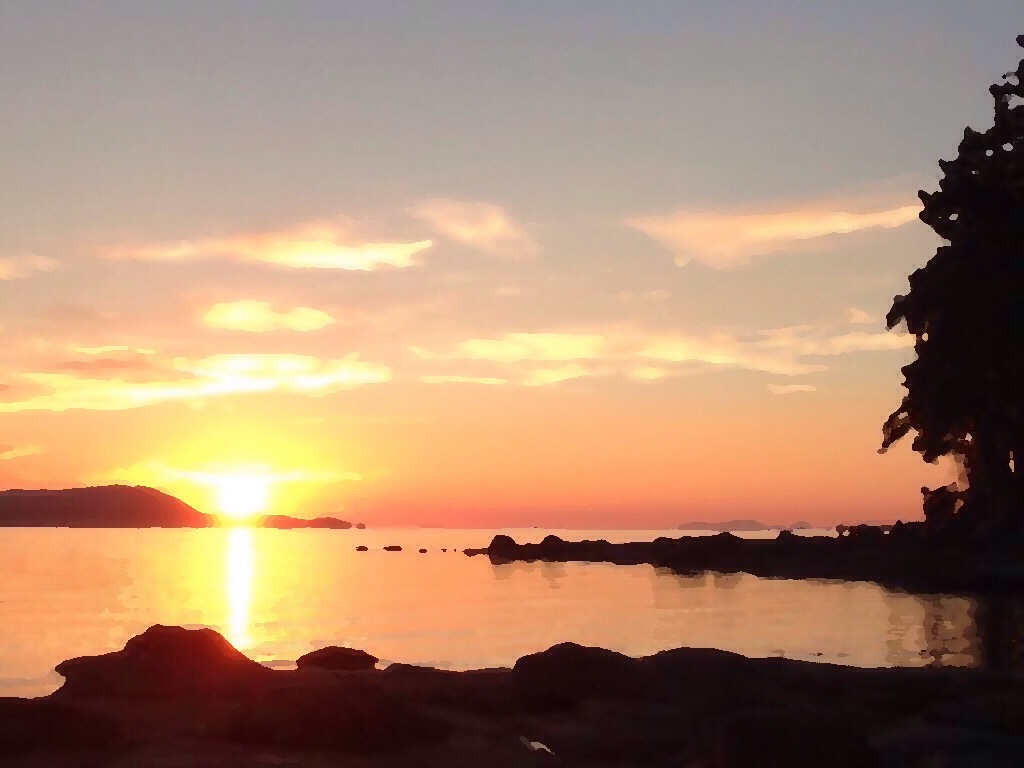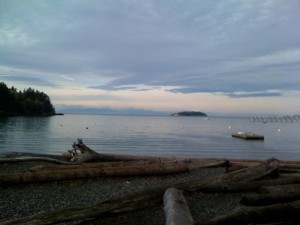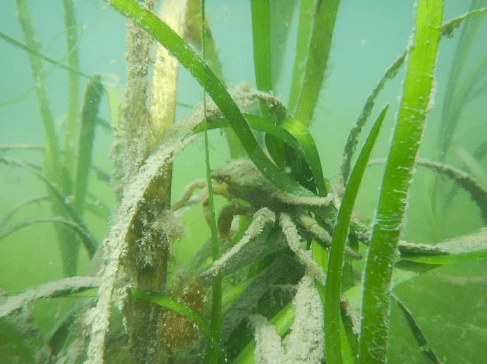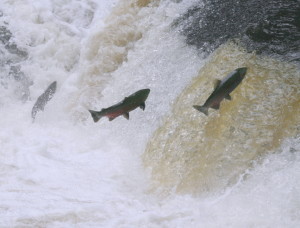environment
The Strait of Georgia Marine Environment
The Strait of Georgia is considered an inland sea, as it is located between Vancouver Island and the mainland of British Columbia. It is connected by a channel, Discovery Passage, to Johnstone Strait in the north, while the main channels to the south are Haro Strait and Rosario Strait, which connect the Strait of Georgia to the Strait of Juan de Fuca.
Shallow sills restrict water movement between the Strait of Georgia and the Pacific Ocean, so waters deeper than 100 m in the Strait of Georgia have a long residence time and are replaced only during deep-water renewal events that occur seasonally (Johannessen and Macdonald 2009). The Strait, particularly the Southern Strait, is mostly influenced by estuarine circulation driven by the Fraser River and smaller rivers and streams, and to a lesser degree by tidally driven interchange with off shore waters through the Juan de Fuca and Johnstone straits (Johannessen and Macdonald 2009).
Expected changes in the physical environment of the Strait, under climate change include the following:
-
Increases in sea surface temperatures
-
Increased precipitation and extreme precipitation events, and decrease in snowpack
-
Changes in the temperature, seasonal patterns, and other characteristics of runoff
-
Decreased salinity and changes in seasonal salinity patterns
-
Increased stratification of ocean waters
-
Deoxygenation of ocean waters
-
Decreases in ocean pH
Spotlight on Environmental Research in the Strait of Georgia
DFO’s State of the Pacific Ocean reports highlight some examples of important studies currently being carried out in the Strait of Georgia.
Useful Links
Ocean Networks Canada’s VENUS observatory is located in the central southern Strait to monitor and study estuarine dynamics, tidal mixing, sediment transport, marine mammals, plankton variations, important salmon rearing habitat and delta slope instability. The VENUS coastal network, part of the Ocean Networks Canada Observatory, is a cabled undersea laboratory for ocean researchers and explorers. VENUS delivers real time information from seafloor instruments via fibre optic cables to the University of Victoria, BC. On this website, you can see ocean data live, recent and archived as well as learn more about on-going research.
Pacific Climate Impacts Consortium
The Pacific Climate Impacts Consortium (PCIC) is a regional climate service centre at the University of Victoria that provides practical information on the physical impacts of climate variability and change in the Pacific and Yukon Region of Canada.
Follow the following links on the Environment Canada website to find information on:
This Env Canada page provides information on current conditions, forecasts, historical data, alerts, climate change, natural hazards.
This Env Canada link provides information on Canada’s natural resources, water, forests and mining industry.
Dr. John Dower conducts oceanographic research in waters of coastal B.C., particularly the Strait of Georgia.
MEOPAR is an independent non-profit established in 2012. They fund research, trains students, mobilizes knowledge and communicates results in the area of marine risk and resilience.
In its first Cycle (2012-2017), MEOPAR established organizational and network structures and programs; built new tools and cores for observation, prediction and response; created expert capacity; and developed new partnerships.
In Cycle II (2017-2022), MEOPAR is developing programming in the areas of training, research and knowledge mobilization; strengthen their national and international partnerships; and increasing their Network’s capacity in marine risk and resilience.








